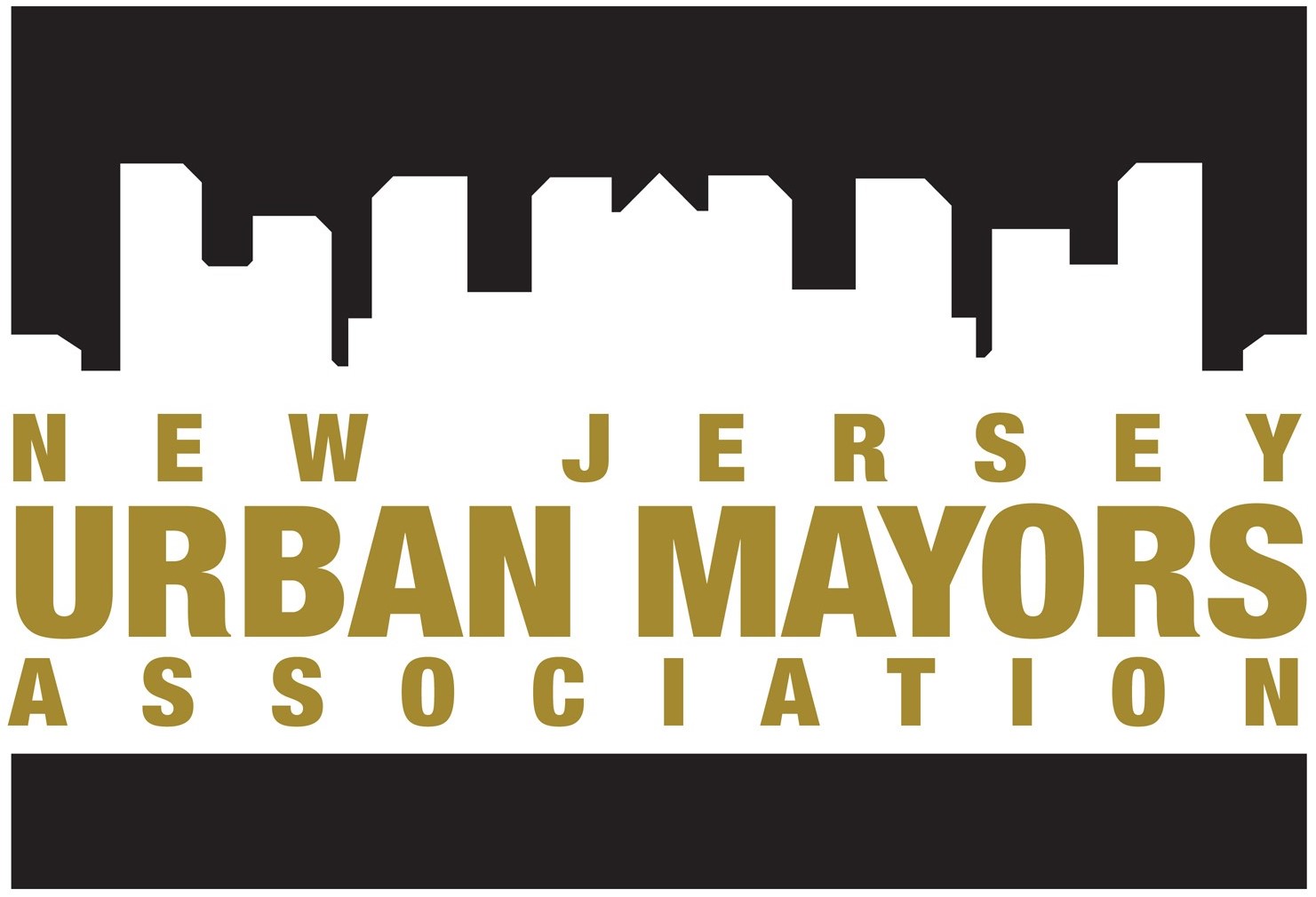Urban Mayors Policy Center
Document Type
Article
Publication Date
2016
Abstract
This report examines the problem of concentrated poverty in the State of New Jersey. Both the individual and the long-term economic consequences of concentrated poverty are well- documented in social science research. The report adds to that knowledge by examining the practical, budgetary consequences faced by urban centers that are characterized by high poverty levels. The report focuses on four cities, which are represented in the New Jersey Urban Mayors Association (NJUMA) — Bridgeton, Passaic, Perth Amboy, and Trenton. While these regions vary considerably, they all share one important fact: their poverty rates are double or triple the New Jersey average. Clearly, these cities know all too well the struggles that come with concentrated poverty.
Poverty in New Jersey is often highly concentrated, particularly in urban areas. New Jersey is ranked as one of the wealthiest states in the country, yet this average wealth ignores two important realities. First, poverty tends to be concentrated, so that a large portion of the State’s population lives in areas with poverty rates above 20%. Second, the official poverty threshold bears no relation to the basic cost of living in New Jersey, so that households with incomes up to two and a half times the poverty level still struggle just to make ends meet. By this measure, in 2014 a remarkable 2.8 million New Jersey residents lived under this true measure of poverty, including 800,000 children. Both the breadth and the concentration of poverty create serious challenges, particularly in urban areas.
Residents in poor urban areas present significant service needs. Due to the limits of public and affordable housing even in low-income areas, citizens of NJUMA cities must spend over half their income on rent, leaving little else for other basic needs. The constraints produced by low incomes are exacerbated by multiple systemic barriers, including poor access to health care, reliance on inadequate transportation, poor quality education, and substandard or overcrowded housing. Personal barriers like limited English proficiency, large families, and lack of two wage earners can also act as barriers to economic empowerment.
The deck is stacked against impoverished municipalities. In recent years, funding from the State to individual municipalities has dwindled markedly. In response, local property taxes have soared, generating an ever-increasing burden on nearly all New Jersey residents. But, in impoverished cities, the burden is even greater. Because an ever- increasing reliance on property taxes is layered over a diminishing tax base, a counterintuitive scenario has resulted, whereby the most impoverished municipalities shoulder an unmanageable municipal tax burden — a greater burden than even their wealthy neighbors. As the budget analysis in this report reveals, services other than public safety and public works make up an all too negligible portion of municipal budgets in the examined cities, despite the significant need for public services created by the dynamics of concentrated poverty.
Urgent strategies are needed to alleviate concentrated poverty in New Jersey. We need to strengthen the safety-net for poverty-stricken families and their children, while at the same time addressing the budgetary system that unfairly burdens both income-strapped families and impoverished municipalities. If New Jersey is to make real progress on reducing the systemic poverty that traps far too many of our residents, the entire state must recognize and respond to this crisis. This means promoting family financial success through supportive work/family policies, adjusting the allocation of municipal budget State aid and support programming so that it prioritizes areas of concentrated need, and reimagining the fundamental structure of New Jersey’s property tax system.
Publication Title
The Cost of Poverty: The Perpetuating Cycle of Concentrated Poverty in New Jersey Cities • A Comprehensive Budgetary Analysis of Four Urban New Jersey Municipalities
First Page Number
1
Last Page Number
133
Recommended Citation
John S. Watson Institute for Public Policy of Thomas Edison State University, New Jersey Urban Mayors Association, The Anti-Poverty Network of New Jersey, and Fund for New Jersey, "The Cost of Poverty: The Perpetuating Cycle of Concentrated Poverty in New Jersey Cities • A Comprehensive Budgetary Analysis of Four Urban New Jersey Municipalities" (2016). Urban Mayors Policy Center. 1.
https://digitalcommons.kean.edu/urban-mayors/1
Included in
Economic Policy Commons, Inequality and Stratification Commons, Policy Design, Analysis, and Evaluation Commons, Public Policy Commons, Quantitative, Qualitative, Comparative, and Historical Methodologies Commons, Race and Ethnicity Commons, Social Justice Commons, Urban Studies Commons, Urban Studies and Planning Commons, Work, Economy and Organizations Commons


